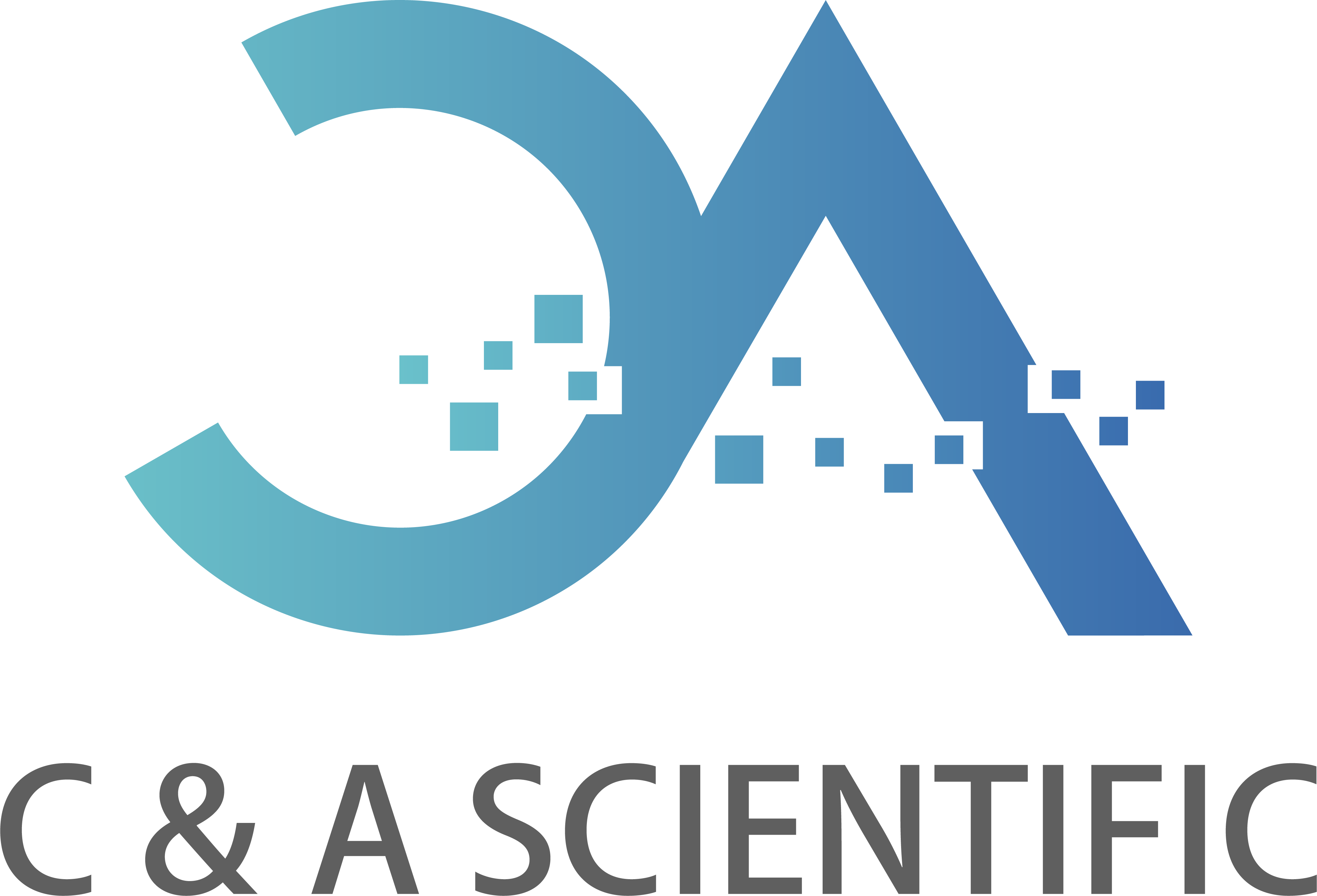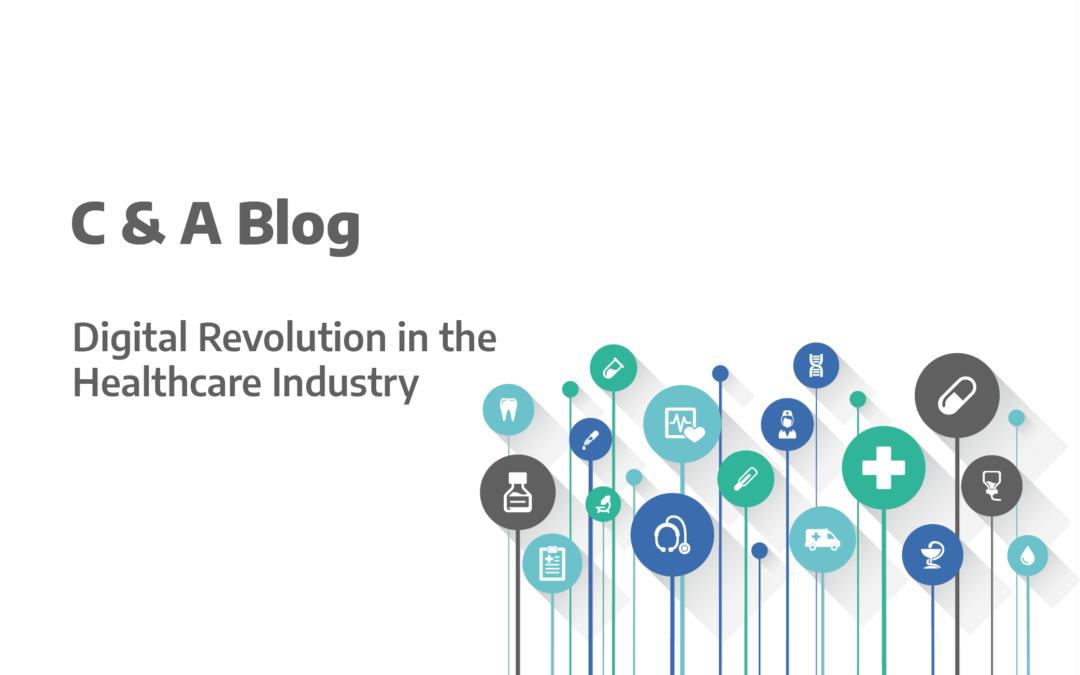The Covid-19 pandemic has left a devastating mark on the US healthcare system. Struggling nurses and doctors have revealed the cracks that exist within the system and are demanding change to improve their lives and the well-being of their patients. A digital revolution has been started in the US healthcare industry, giving hope to those who have dedicated their lives to it.
A medical trend that is likely to experience growth from 2020 to 2027 is wearable devices in the healthcare industry and the move to digitize processes for medical professionals. This shift to push everything to a digital setting is due to doctors and nurses struggling to keep up with the Covid-19 pandemic. The coronavirus revealed that many sectors within the healthcare industry are falling behind and could greatly benefit from a technology boost for patients, nurses and doctors.
Covid-19 has affected the global Medical Image Analysis Software market. Slow data and the inability to reach those from a distance inhibited medical professionals from providing quick and safe care to people. New software and technologies will help connect patients and healthcare providers in a multitude of ways.
Wearable Devices
Wearable devices are trending in the healthcare industry. This includes activity monitors, smartwatches, smart clothing and patches. These devices are to be used by patients and healthcare workers to increase speed of care and provide more thorough care for patients. Between wearable technology and other digital processes, this will cover needs in hospitals, diagnostic care and research settings. Improved data will allow for more recent and relevant information to be available to nurses and doctors for a higher quality of care for their patients. For healthcare workers, the goal of wearable devices is to quicken communication within hospital systems. Companies that produce smartwatches are working with major healthcare companies to develop smartwatches and other specific devices for nurses and doctors.
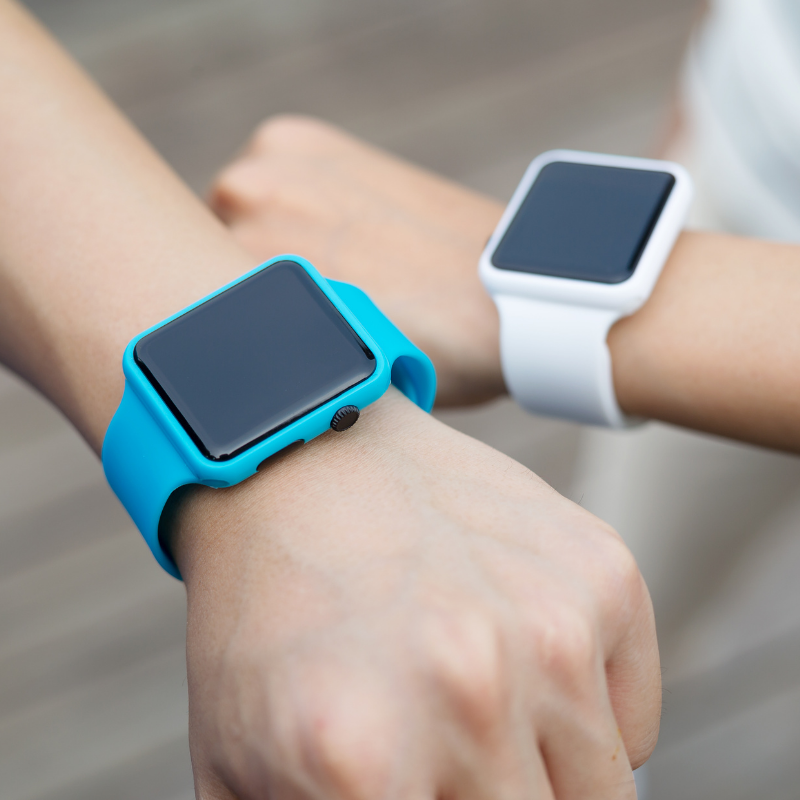
Wearable devices will also be used on patients. These devices are essential as there have been increasing incidents of chronic diseases that need more seamless monitoring. These devices can also help report the number of physical activities that patients are involved in, as these devices are meant to be used inside and outside of a hospital or physician setting. In monitoring patients, wearable devices will allow doctors to view patient’s heart rate, blood pressure and brain function making clinicians better prepared to meet the evolving needs of patient-centered care. Wearable devices will be broken into different segments like acute illness treatment, immunization and vaccination, physical examination, trauma or injury and more.
As technology and healthcare needs grow, more technology will become available. Some setbacks to all this new technology will need to be addressed before it can be implemented.
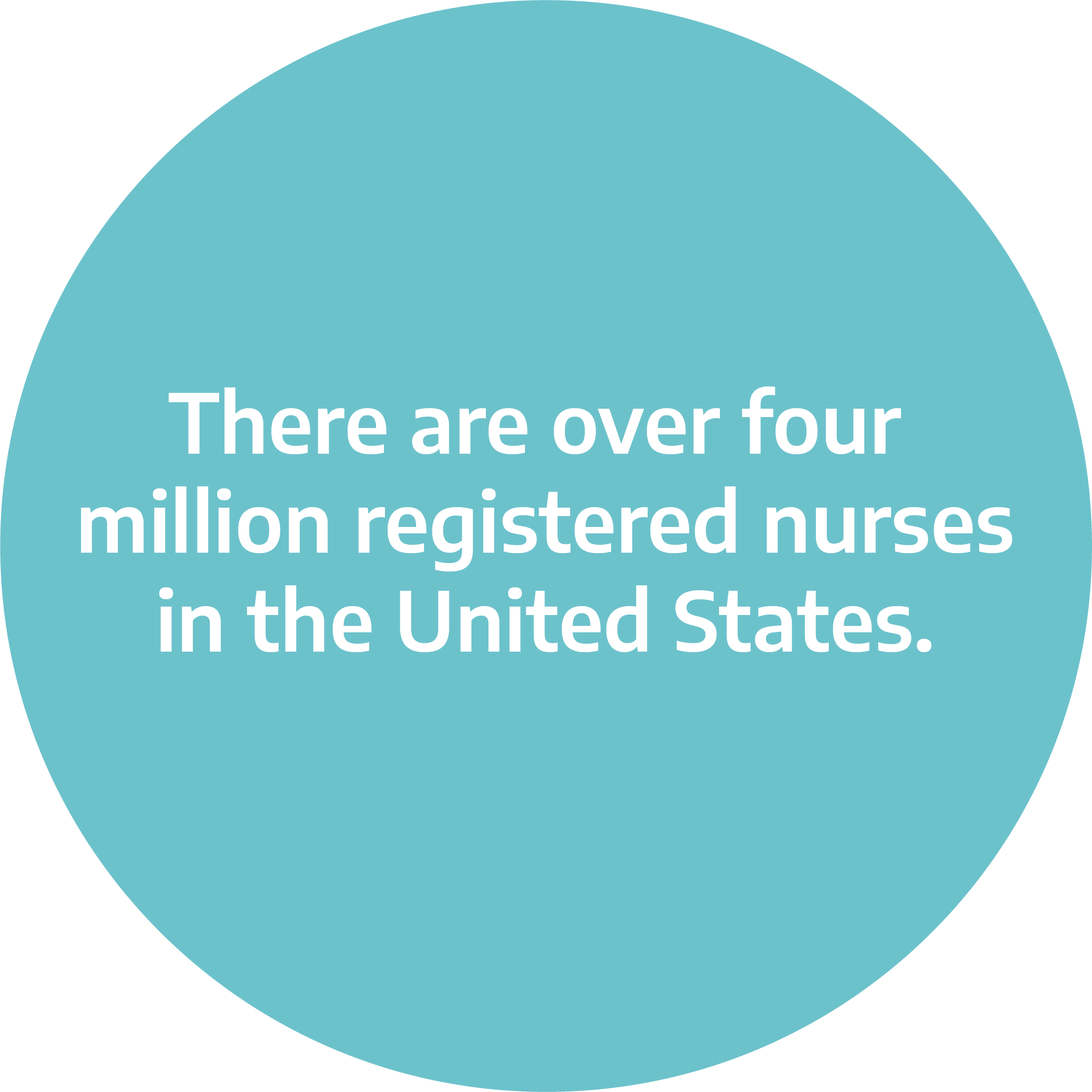
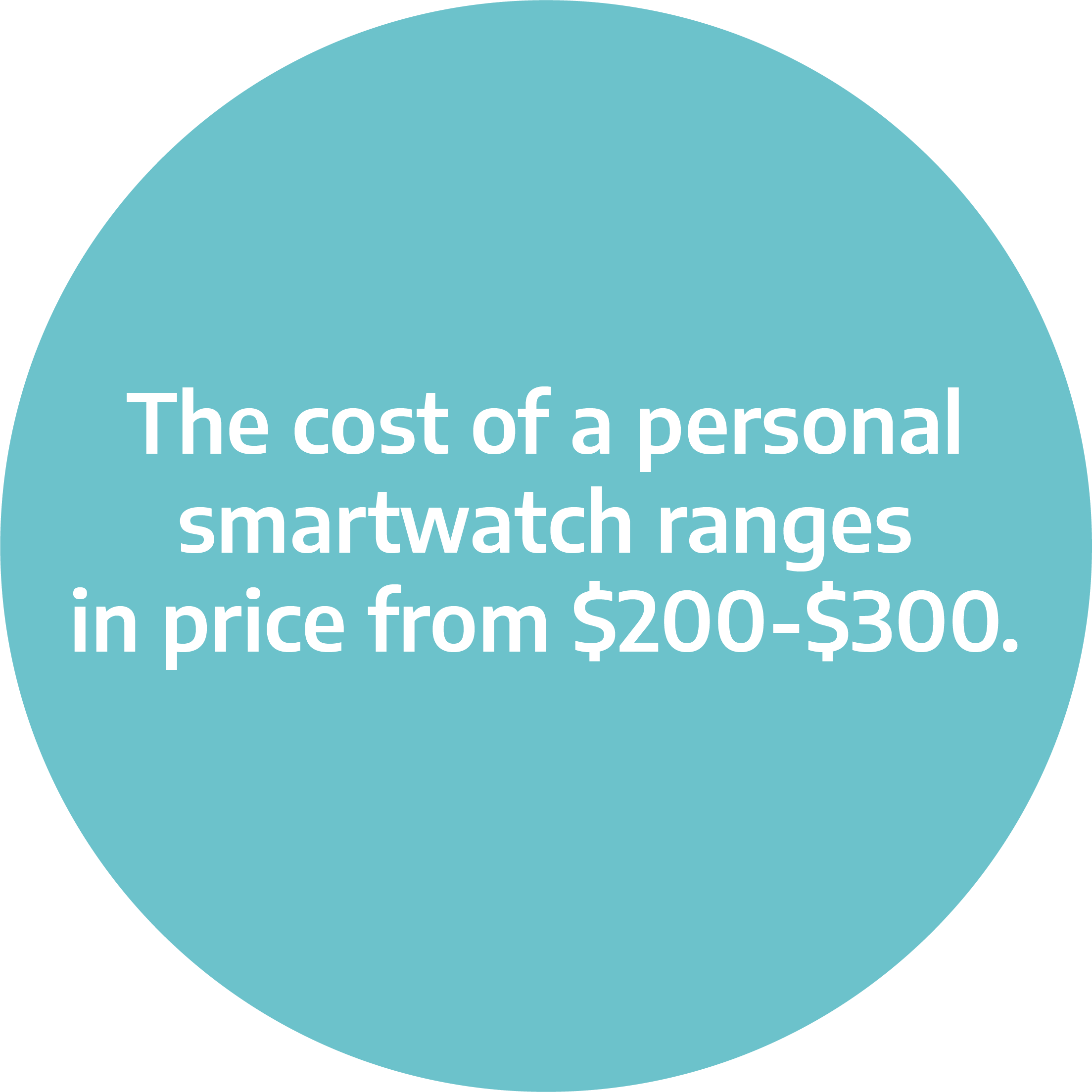
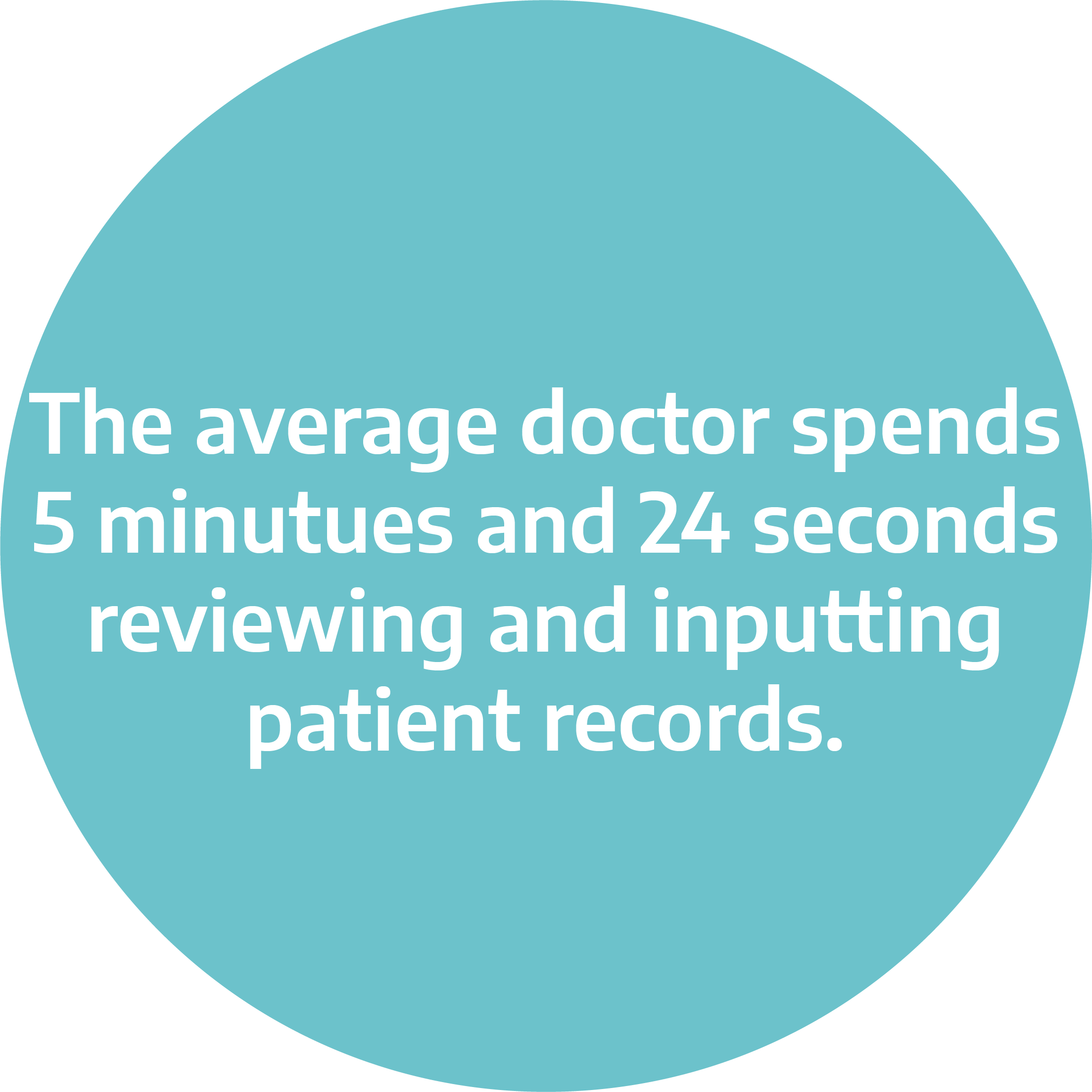
Digital Processes
In addition to wearable technology for healthcare providers, newer digital processes are being implemented into the health system. The pandemic caused a medical device and personal protective equipment (PPE) shortage. The US is slowly recovering from the lack of healthcare materials. In doing this, it is causing a push towards data democratization. Data democratization is the process of making data accessible to everyone, in this case, making all patient records available to all healthcare providing institutions. This will help centralize medical and health records to create a more fluid transition to different doctor’s offices, specialists, remote access and patient forms. Data fluidity has been at the center of transforming employees everywhere to get workers connected with organizational insights to move quicker, which helps identify problems that arise and solve them in real-time.
Some examples of how the healthcare industry will be shifting to digital processes include more intelligent sensors for monitoring patients, real-time analytics, touchscreen-based interfaces, remote access to healthcare systems and digital training tools.
As with any new processes, some issues need to be solved to have a smooth transition. Some of these issues include supply chain concerns, medical malware, privacy problems, global regulatory realities and increased provider pressure.
The Vision of Future Healthcare
The Covid-19 pandemic revealed many issues within the healthcare industry and opened to door to new opportunities within reach. Wearable technology and data democratization are going to begin to be implemented within the next few years. This movement of increased patient-centered care hopes to provide a more complete and fast-paced medical experience to serve the needs of everyone as efficiently as possible.
C & A Scientific is excited about the changes coming to the healthcare industry. It is C & A’s goal to improve the health and minds of people worldwide one step at a time.
C & A Scientific is a dedicated leader in improving the health and minds of people worldwide. We supply over 700 award-winning medical and STEM-inspired products to distributors and retailers looking for sensational customer service. Learn more about us and our story here.
